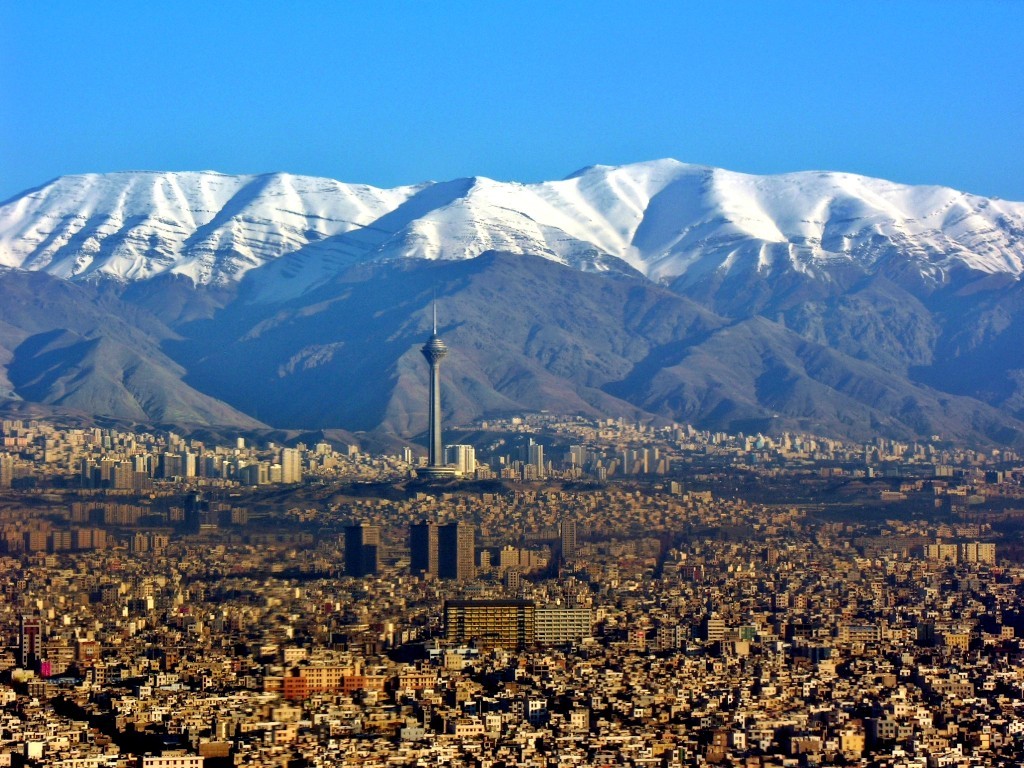
Iran will invite international oil companies to submit bids in October under the long-awaited new contract model for energy investors, as the OPEC producer seeks billions of dollars to boost output after years of international sanctions.
The government will invite companies to bid to develop the South Azadegan field on Iran’s southwestern border with Iraq during the week of Oct. 14-20, said Ali Kardor, managing director of the National Iranian Oil Co., according to state news agency IRNA. The company expects to sign three contracts worth a total of $10 billion by March 2017, he said.
“We are calling for technical documents for a tender offer under the framework of the new oil contract model,” Kardor said. “We will begin sending letters to international oil companies to inform them of the relevant issues next week.”
Iran’s cabinet approved the new oil and natural gas contract model on Aug. 3, hoping to attract as much as $50 billion a year in foreign investment. Big oil companies from Europe and Asia, including France’s Total SA and Eni SpA of Italy, have expressed interest in developing Iran’s under-utilized reserves since international sanctions were eased in January. The government hasn’t disclosed the precise terms of the new contracts.
Eni declined to comment on whether its would be interested in bidding, while media officials at Total didn’t immediately respond to an e-mailed request for comment.
“NIOC’s announcement today is very promising news for the oil and gas sector in Iran,” Richard Devine, a Dubai-based partner at law firm Clyde & Co, said in an e-mail. Nevertheless, potential investors “will want to understand the scope of their financial commitment, how much control they have over their investment and what their remedies will be in the event of a dispute,” he said.
Iran’s oil ministry took more than two years to draft the new contract model, which continues to face political opposition in a country where foreign companies controlled natural resources until the 1979 Islamic Revolution. Since then, investors have operated under short-term, fixed-fee contracts that give them no share in profits. Most foreign oil companies withdrew from Iran by 2010 as political risks related to Iran’s disputed nuclear program began to outweigh the benefits they could reap under the fee-based contracts.
Oil output in Iran, once the second-biggest producer in the Organization of Petroleum Exporting Countries, tumbled after international sanctions were tightened in 2012. Iran has recovered most of that capacity since sanctions were removed, but the Persian Gulf nation needs foreign technology and investment to upgrade its oil facilities and keep boosting production. OPEC as a whole is pumping at record levels as oil trades near $50 a barrel.
OPEC members including Iran will hold an informal meeting in Algiers next month in an attempt to stabilize oversupplied oil markets. An April meeting in Doha to discuss an output freeze fell through when Saudi Arabia, OPEC’s biggest producer, refused to proceed without Iran’s participation. Iran has said it won’t consider capping output until raising production to 4 million barrels a day from 3.85 million now. The country expects to reach that target by March 2017, Kardor said.
Oil Minister Bijan Namdar Zanganeh has said Iran will give priority to developing oil and gas fields that it shares with neighbors. South Azadegan is part of a deposit straddling the border with Iraq, where Royal Dutch Shell Plc leads operations pumping 210,000 barrels a day at the field, which Iraqis call Majnoon. Iran currently produces about 50,000 barrels a day at South Azadegan.
Recommended for you
